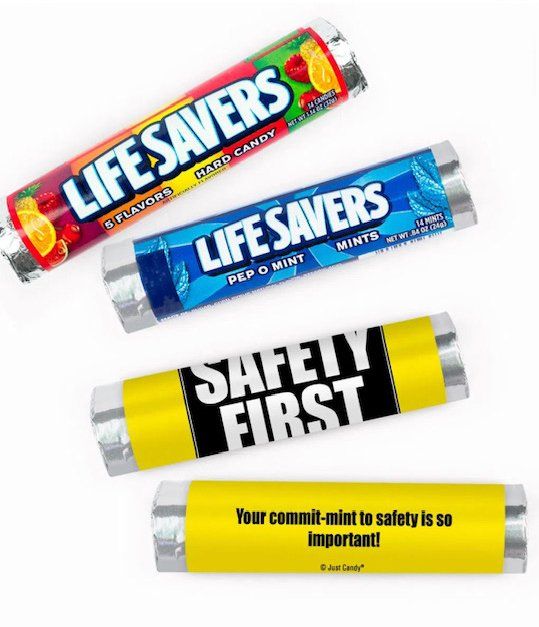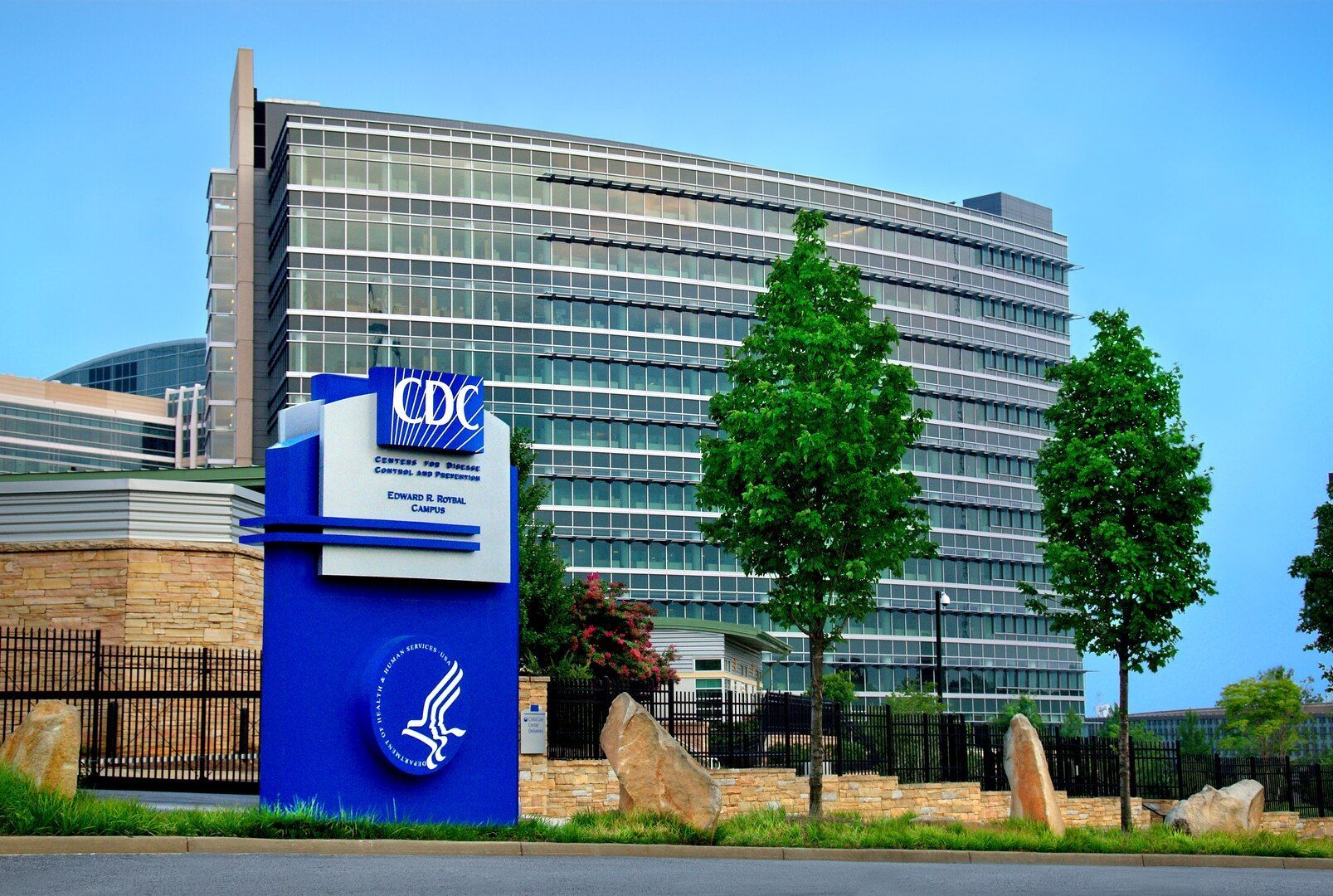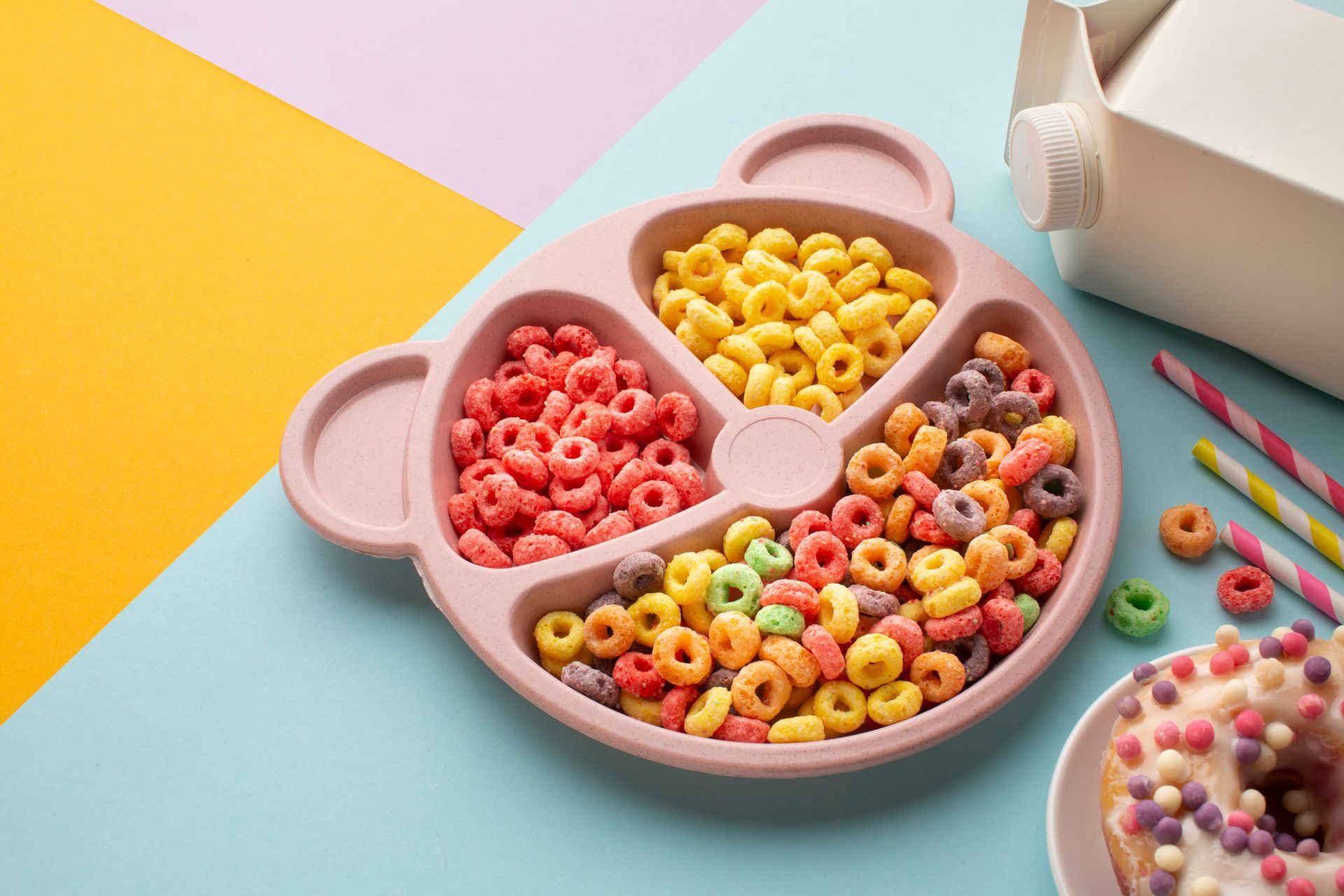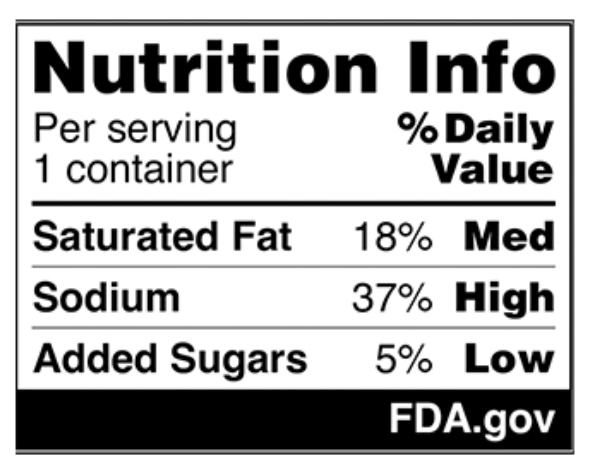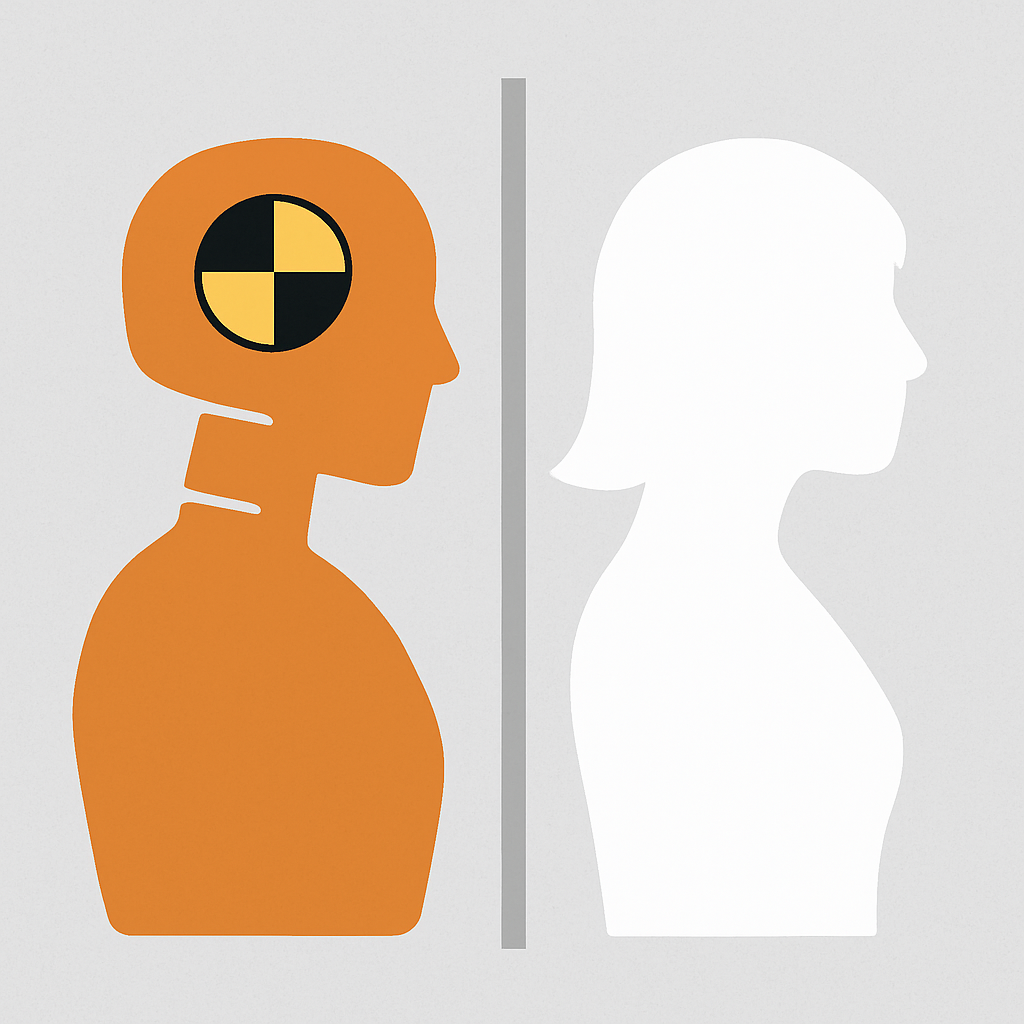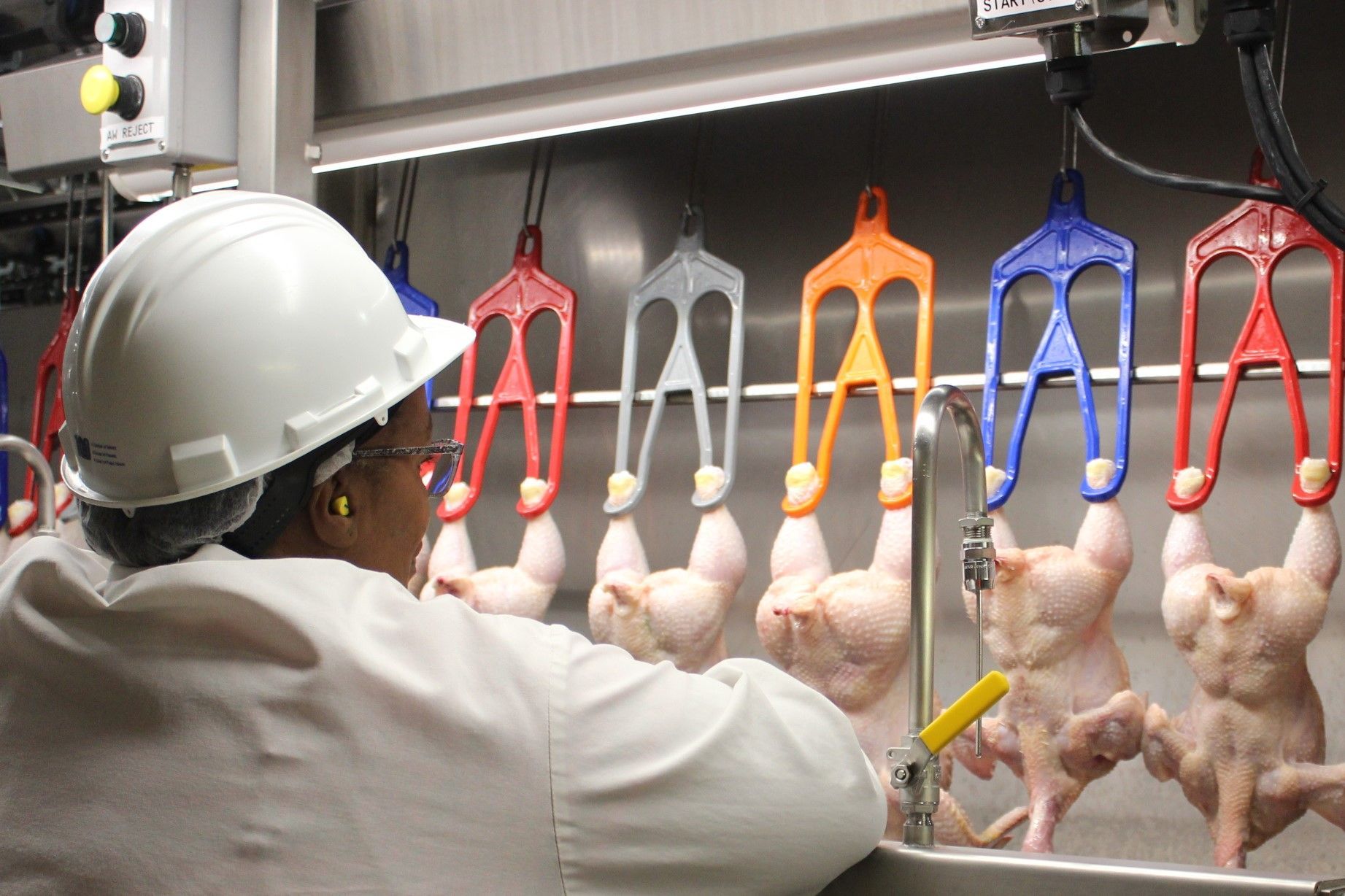HALLOWEEN SAFETY TIPS FROM THE WARNINGS DOCTOR
It's that time of year again when ghosts, goblins and children imitating them will be prowling our streets and neighborhoods seeking sweets and treats, throughout what for many who are young at heart, will be a magical time of year. In order to keep the evening magical and not tragical, I have compiled a list of costume, traffic and food safety tips (from the FDA), essential for young and not-so-young trick-or-treaters which can help make a safe and happy holiday for everyone.
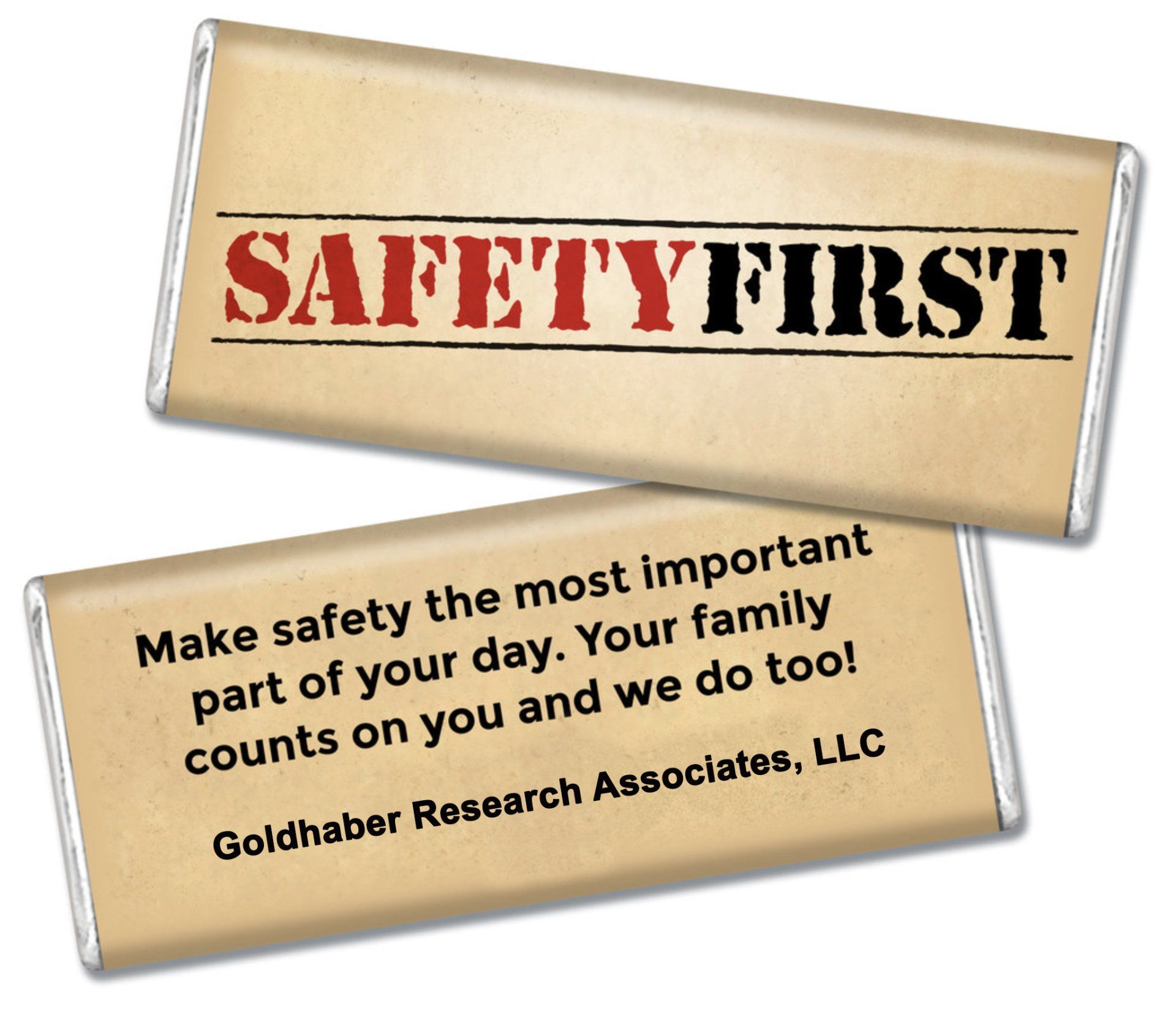
Costume Safety: Before Halloween arrives, be sure to choose a costume that won't cause safety hazards.
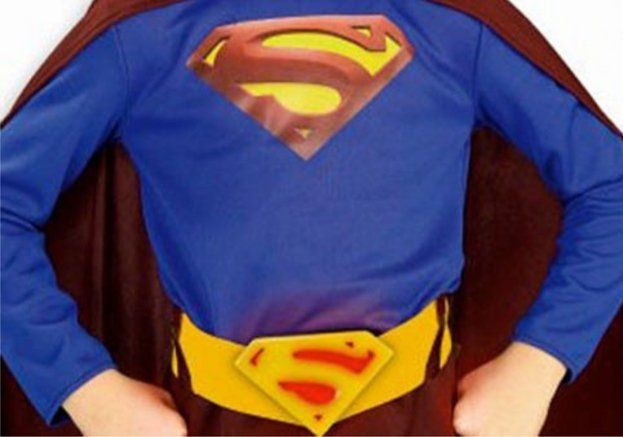
WARNING: COSTUME DOES NOT ENABLE YOU TO FLY!
1. All costumes, wigs and accessories should be fire-resistant
2. If children are allowed out after dark, fasten reflective tape to their costumes and bags, or give them glow sticks
3. Opt for nontoxic Halloween makeup over masks, which can obscure vision; always test makeup in a small area first to see if any irritation develops
4. Remove all makeup before children go to bed to prevent skin and eye irritation
When They're on the Prowl: Here's a scary statistic: Children are more than twice as likely to be hit by a car and killed on Halloween than on any other day of the year. Lack of visibility because of low lighting at night also plays a factor in these incidents. Keep these tips in mind when your children are out on Halloween night:
1. A responsible adult should accompany young children on the neighborhood rounds
2. If your older children are going alone, plan and review a route acceptable to you
3. Agree on a specific time children should return home
4. Teach your children never to enter a stranger's home or car
5. Instruct children to travel only in familiar, well-lit areas and stick with their friends
6. Tell your children not to eat any treats until they return home
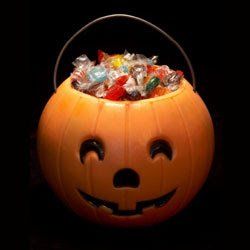
Safety Tips for Motorists:
The National Safety Council offers these additional safety tips for parents---and anyone who plans to be on the road during trick-or-treat hours:
1. Watch for children walking on roadways, medians and curbs
2. Enter and exit driveways and alleys carefully
3. At twilight and later in the evening, watch for children in dark clothing
4. Discourage new, inexperienced drivers from driving on Halloween
Food Safety Tips for Both Young and Old:
To make sure treats are safe for children of all ages, follow these simple steps:
1.
Snacking: Children shouldn’t snack on treats from their goody bags while they’re out trick-or-treating. Give them a light meal or snack before they head out – don’t send them out on an empty stomach. Urge them to wait until they get home and let you inspect their loot before they eat any of it.
2.
Safe treats: Tell children not to accept – and especially not to eat – anything that isn’t commercially wrapped. Inspect commercially wrapped treats for signs of tampering, such as an unusual appearance or discoloration, tiny pinholes, or tears in wrappers. Throw away anything that looks suspicious.
3.
Food Allergies: If your child has a food allergy, check the label to ensure the allergen isn’t present. Do not allow the child to eat any home-baked goods he or she may have received.
4.
Choking hazards: If you have very young children, be sure to remove any choking hazards such as gum, peanuts, hard candies, or small toys.
Of course, the Warnings Doctor would be guilty of dereliction of duty if I did not advocate for limiting the amount of candy you and your children consume not only on Halloween but throughout the year, mostly because of the amount of sugar you will consume. The average candy bar has 28-40 grams of sugar (or 7-10 teaspoons).
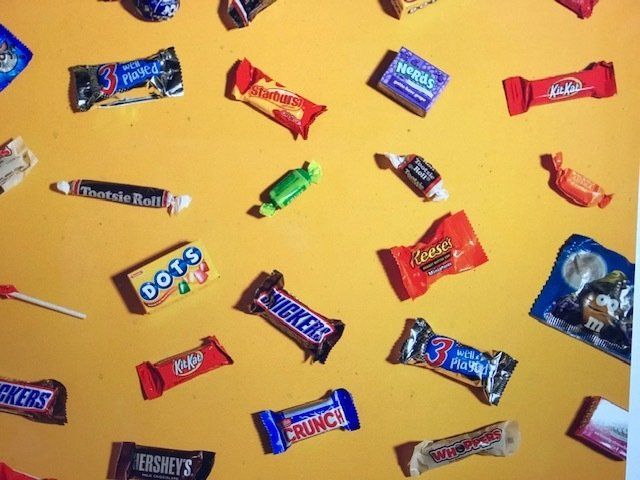
If we add these sugar treats to the average amount of added sugar each of us consumes every day (80-100 grams or 20-25 teaspoons), you will quickly understand why 20% of our children and 1/3 of our total population are clinically obese. If you're looking for a "healthier" candy bar, one with the least amount of added sugar, try a Twix bar which "only" has 14 grams (3 1/2 teaspoons) of sugar. Of course, if you are looking for the most dangerous (i.e., contains the most sugar) candy bars, Three Musketeers and Gummy Bears win hands down! The former has 37 grams of sugar (9 1/4 teaspoons) in one serving (there are three servings in an average bar), and Gummies, which are virtually ALL SUGAR, have 22 grams (5 1/2 teaspoons) per serving...about 13 pieces. For more information about the dangers of sugar in our diet, please see the June, 2013 issue of this newsletter.
If you and your loved ones follow these safety tips, your Halloween can be filled with positive and happy memories instead of tragic and disappointing ones.
Remember: the more informed you are, the safer you will be!
